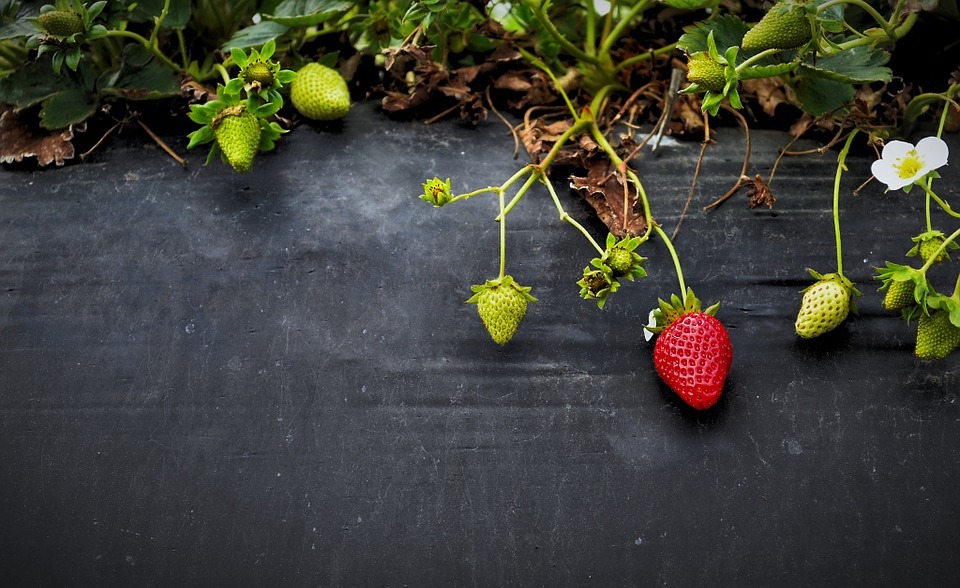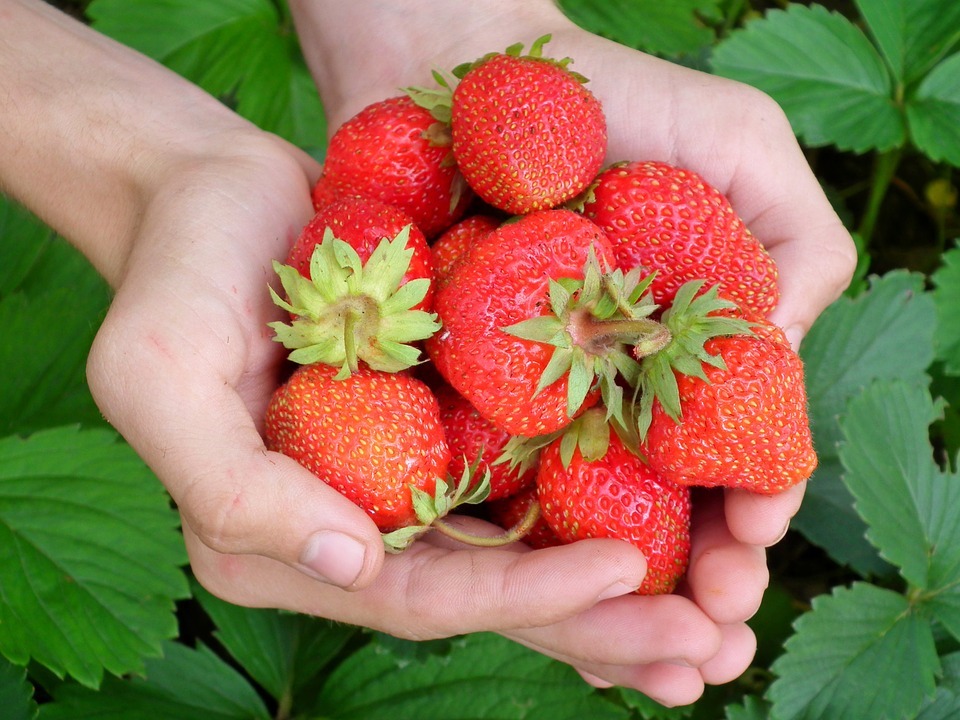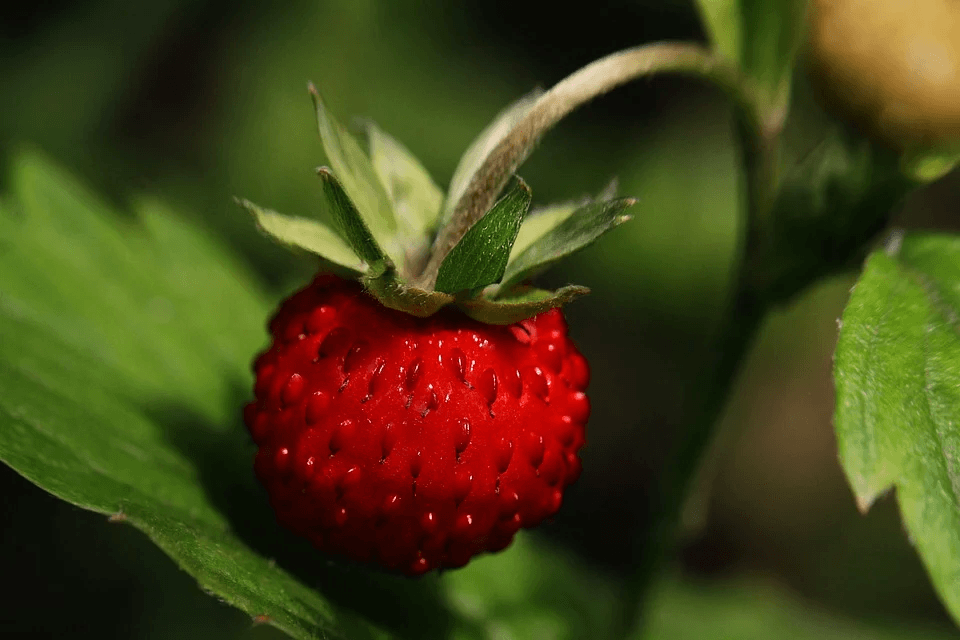Heads up, strawberry lovers! You love strawberry juice, strawberry buttermilk sherbet, strawberry cakes, strawberry galettes, strawberry cocktails, and perhaps, you love to use a strawberry vinegar in your cooking. Your love for strawberries just a perfect motivation to grow your own strawberries and pick fresh fruits from your garden.
If you are that person, this is just the perfect time for you to learn more about starting your own strawberry garden in containers.
Why use containers when planting strawberries? It is easier for you to move and transfer your plants to where the sun shines the most, and they can be lifted off the ground to keep them away from slugs and dodge soil-borne diseases. Also, during winter, you can protect them from the freezing cold soil than when they are grown on the ground soil.
Here are the crucial things to know before starting to grow your strawberries in containers:
- Know when is the best time to plant strawberries
- What are the excellent varieties for containers or pots?
- Proper care for strawberries
KNOW WHEN IS THE BEST TIME TO PLANT STRAWBERRIES
To know if when is the best time for you to plant strawberries, identify your planting zone, and what type of strawberries you are growing. The ideal time to plant strawberries is after the freezing winter when the plants are in danger of frosting. Plant in early spring, usually March or April.
WHAT ARE THE EXCELLENT VARIETIES FOR CONTAINERS OR POTS?
There are three major categories of strawberries based on the time they produce fruits. Also, there is a wide range of different strawberry varieties with different growing and production patterns. The three major types of strawberries are:
- June-bearing
- Ever-bearing
- Day-neutral
The June-bearing type of strawberries produces fruits once a year, usually around June and ends around July. Its abundant production occurs for over a few weeks in late spring or early summer and sending out lots of runners.
Meanwhile, ever-bearing strawberries produce moderate amounts of berries in late spring and early fall, often with some during the summer, when the temperature is not too hot.
Another type is the day-neutral strawberries that bloom and bear fruit during summer when the weather conditions are optimum, and sometimes it lasts up to October.
Ever-bearing and day-neutral varieties, like ‘Seascape,’ ‘Temptation’ and ‘Tristar,’ are the best strawberry varieties to grow for containers, as they bear fruit during their first year, and you get an extended harvest period. They produce runners, but usually not as vigorously as June-bearing types.
Note: Pots and containers come in different sizes and depths. Just like humans, plants need space, a private space, and strawberries like adequate space too. Don’t overcrowd a single container with many strawberry plants. They will compete with the soil’s nutrients and will significantly affect its growth and fruit-bearing process.
To ensure that your strawberries get the most of the soil’s nutrients, just plant 3 plants root per square foot of soil. Strawberry has a relatively shallow root system, so if you allow too many plants to root, they will provide you with few fruits, even if they look very healthy.
PROPER CARING FOR THE STRAWBERRIES
Snip the runners
Most varieties put out runner plants. It would be great to have a garden with extra space, not for small pots or a container with minimal space. Although they will often make a lovely cascade from a hanging basket, they also affect and drain on the strawberry plants’ productive capacity. Snipping the runners will allow and encourage the plants to devote most of their energy to fruit production. After all, this is the most awaited part of the process.
Water more often with less water
When growing strawberries in containers and pots, avoid both dryness and sogginess. It can be achieved by watering with less water several times a day during summer. The soil must only be damp and never dry. Also, ensure good drainage of your container because if the soil stays soggy, even beneath the surface, microbes can cause diseases to your plants, rot the roots and kill your strawberries.
Mulch and fertilize
Mulch the strawberries in the fall before temperatures drop below 20 degrees F. However, allow them to harden or acclimate to cool fall temperatures before mulching because those mulched strawberries before they have properly hardened are more prone to winter injury.
Fertilize regularly. Apply a liquid fertilizer high in potassium every other week to boost fruit production. Another option is with a balanced 10-10-10 or its organic equivalent for overall plant health. Remove the granules off the leaves after the application.
Protect from diseases
When fruits start developing, gently elevate them from the ground by tucking straw or wood chips underneath as this helps lowers the risk of disease. Usually, 4-6 weeks after blossoming, the fruit is ready for harvesting.
Only harvest the entirely red fruits and pick every three days. Cut by the stem, and do not pull the berry, or you could damage the plant.



